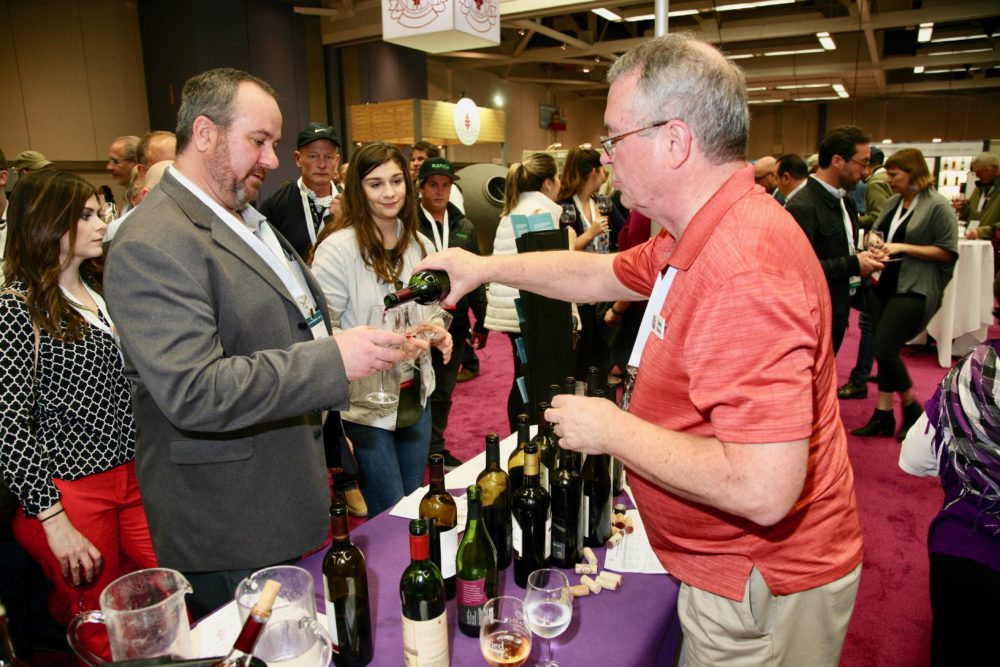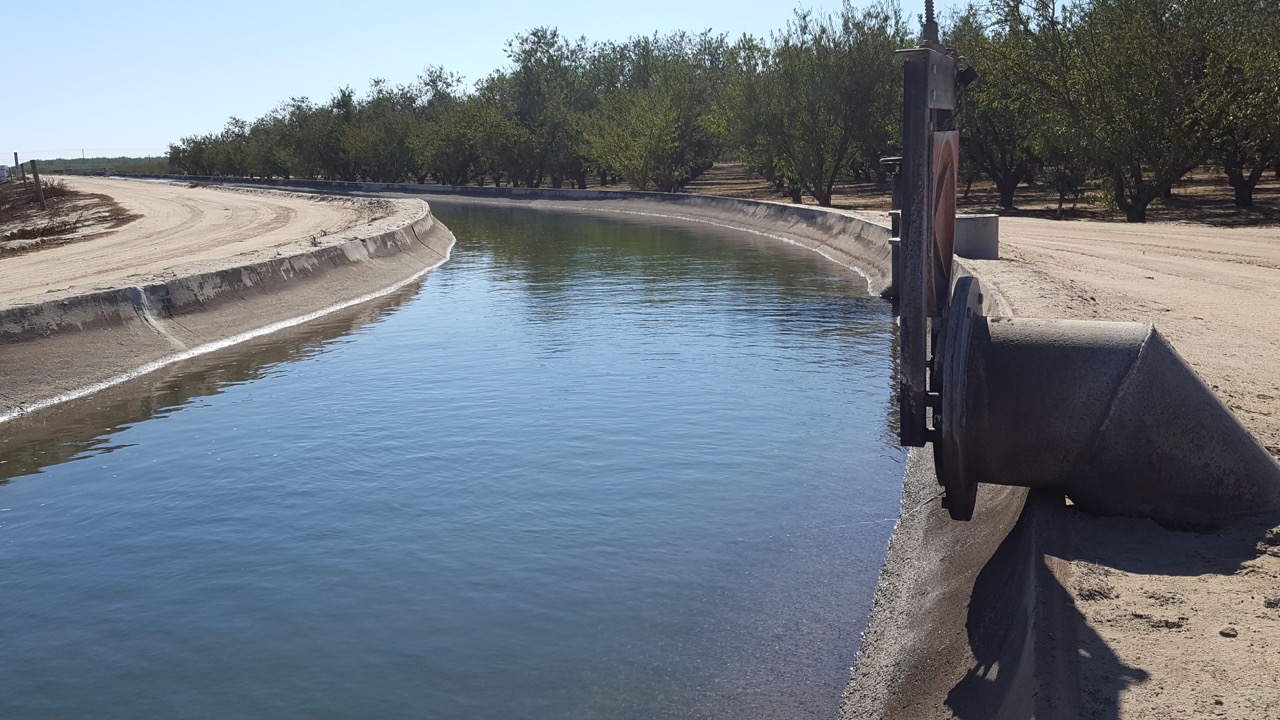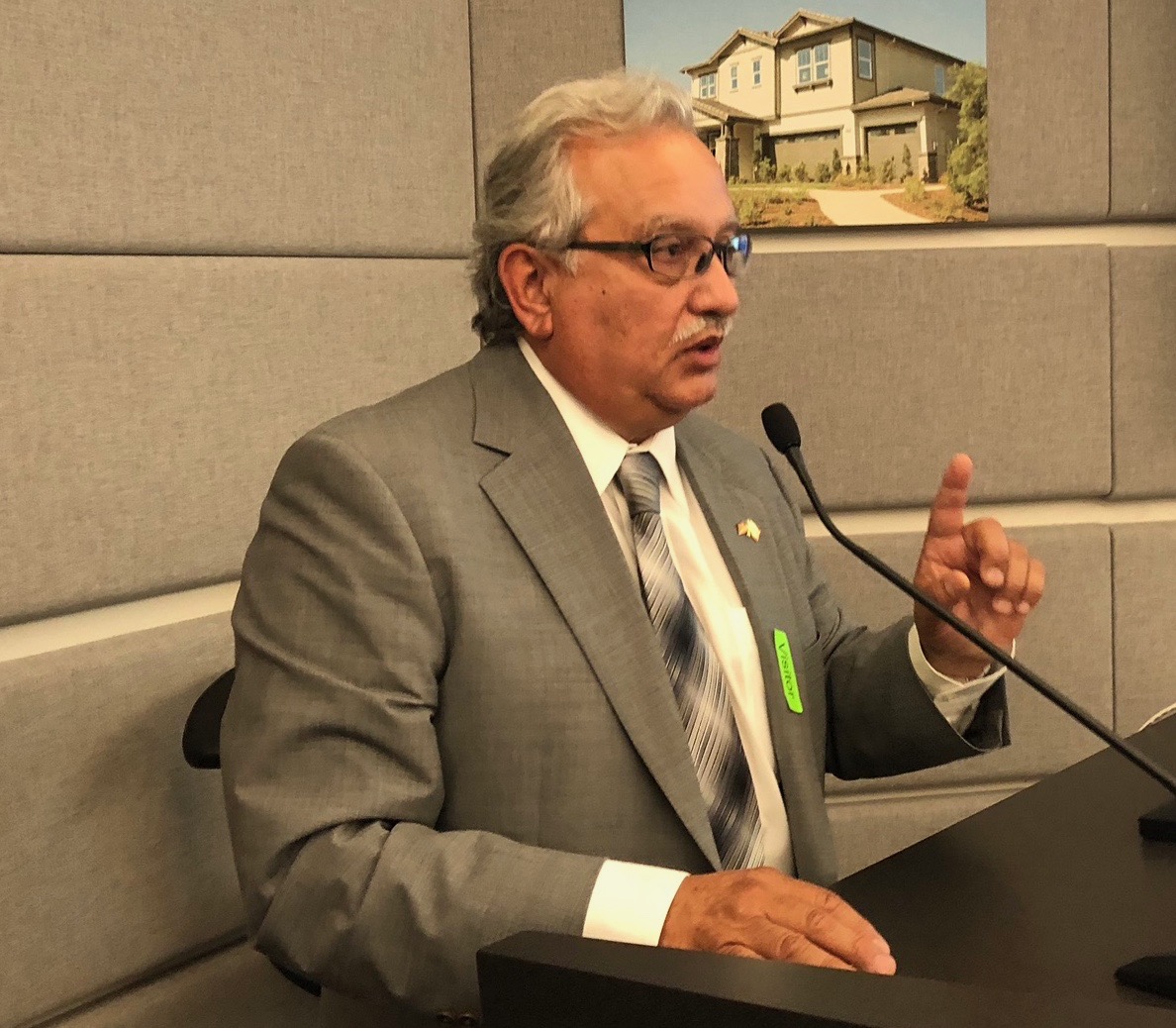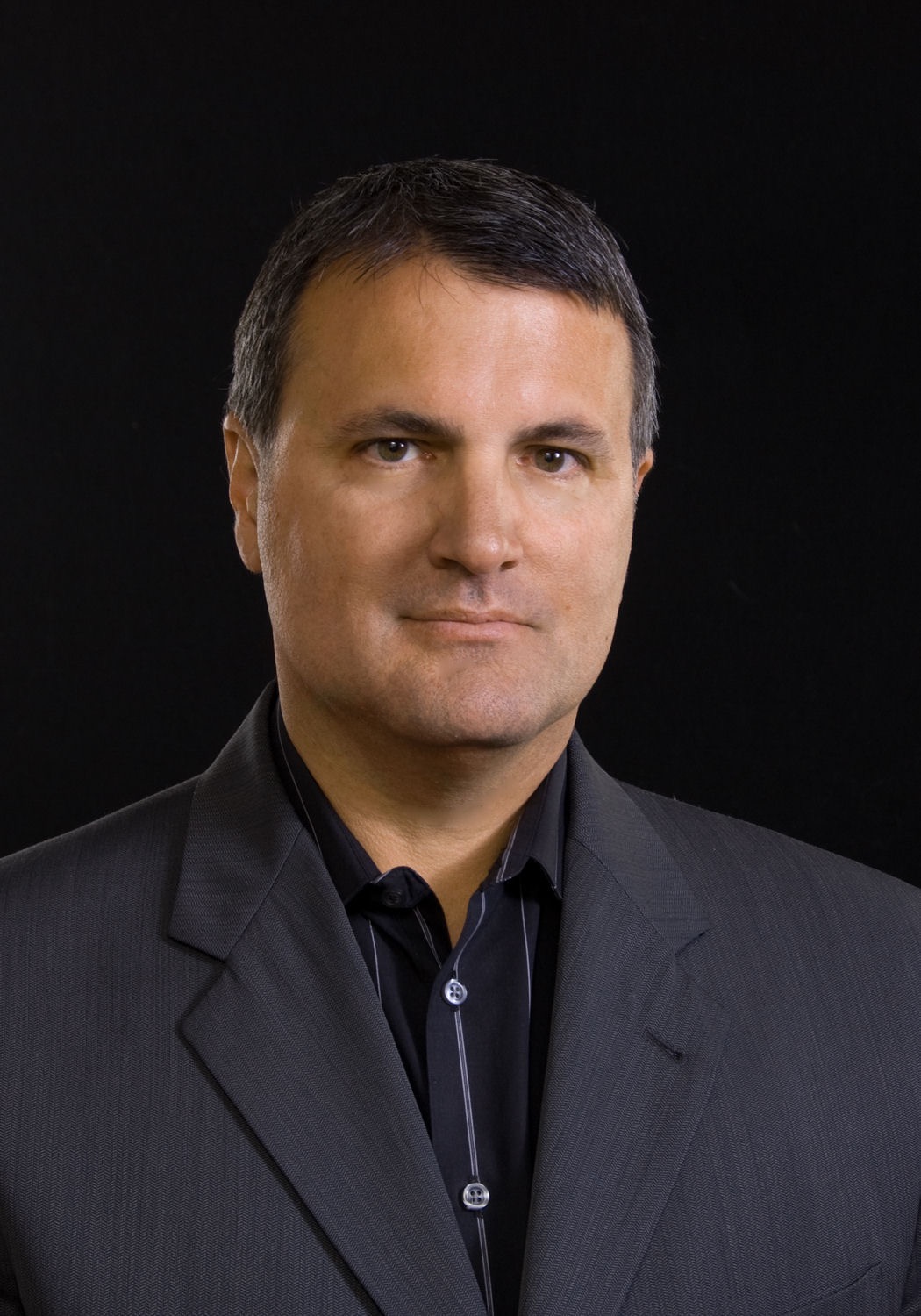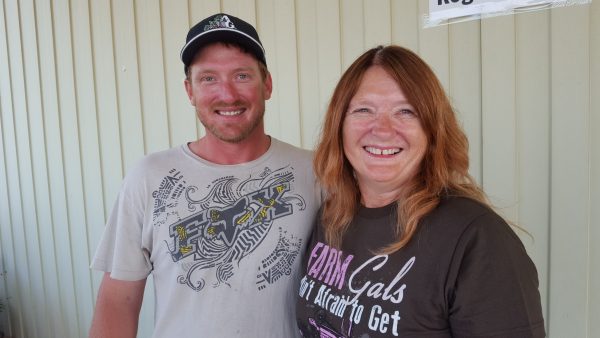FFA Student Anna Kelly Experimenting with Garlic Eggs
Anna Kelly Feeds Her Chickens Garlic to Flavor Their Eggs with Garlic
By Patrick Cavanaugh, Editor
It’s a very interesting concept, garlic eggs. Flavoring freshly-laid eggs with garlic. How to do it is very simple, according to Anna Kelly with the West Sacramento FFA at River City High School, who is working with a Blue Ameraucana chicken. She had the idea of replicating what your grandparents may have done. They just fed their laying hens some garlic.
They wanted to try to change their chickens’ diets cause their chickens were not eating much
And low and behold, the eggs started tasting as if they were seasoned with garlic.
Kelly got the idea of feeding her chicken garlic as a research project.
“I took one garlic clove, and I fed it to my chicken, whose name is Monster, and she loved it,” said Kelly. “And every time when I gave her daily garlic, she would meet me up at her bedding, and it was so cute.”
She found that her chicken wanted the garlic, and sure enough, the eggs had a garlic taste. She asked her culinary arts teacher, Cheryle Sutton to see if she could cook one of her chicken’s garlic eggs. The teacher said okay.
“I cut it up, and I asked several of my teachers to try it,” Kelly said. “And it was amazing; the teachers said it tasted like an actual garlic egg. No salt and pepper, no other additional seasonings.”
“What I’m hoping is to grow my project more. I am incubating more chickens, and I’m going to put them on the same diet. I want to test different varieties of chickens to see which one’s eggs taste more like garlic eggs,” Kelly explained.
Eventually, she may grow the project into a wholesale operation supplying grocery stores with garlic-tasting eggs.
To hear a podcast with Anna Kelly on her garlic eggs experiment, click here.



